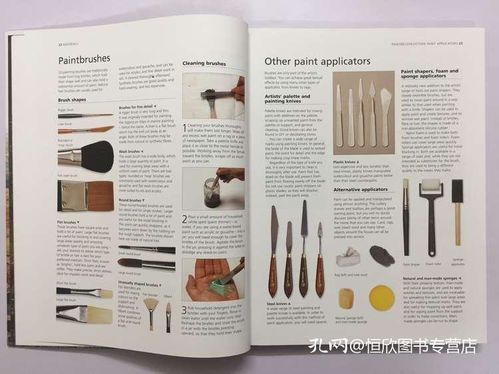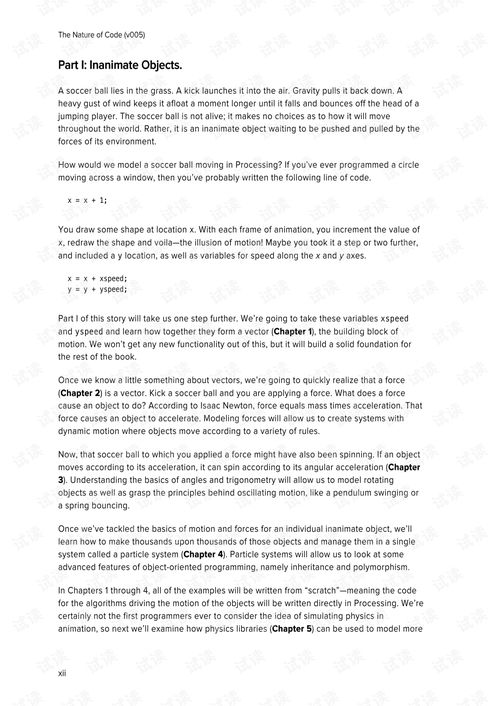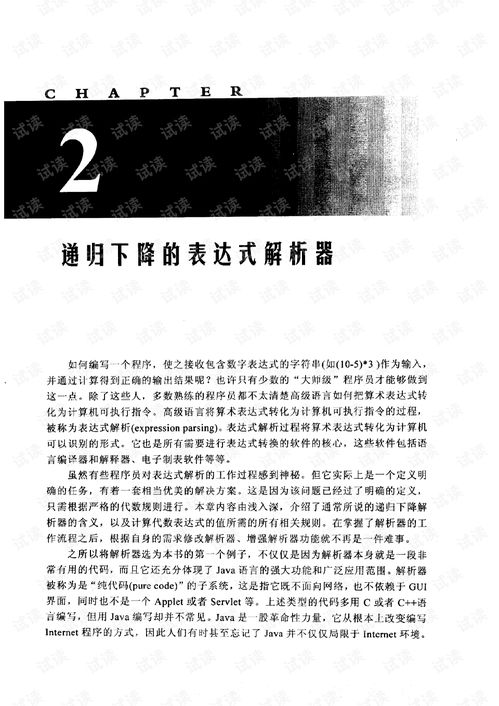Introduction:
Fishing is an ancient pastime that continues to captivate anglers of all ages and skill levels. One of the fundamental skills every angler must master is how to tie a fish hook properly. A well-tied hook not only ensures a secure connection to the line but also maximizes the chances of a successful catch. In this article, we will delve into the intricacies of tying fishing hooks and provide you with a step-by-step guide, complemented by video tutorials, to help you become a proficient hook tyer.
The Importance of Proper Hook Tying:

Before we dive into the how-to, it's essential to understand why proper hook tying is crucial. A poorly tied hook can lead to several issues:
- Loss of Fish: If the hook is not securely attached to the line, it may come loose during a fight, resulting in a lost catch.
- Injury to Fish: An improperly tied hook can cause unnecessary harm to fish, which is both unethical and illegal in many regions.
- Reduced Catch Rates: A well-tied hook is more likely to attract and hold the attention of fish, increasing your chances of a successful catch.
Step-by-Step Guide to Tying a Fish Hook:
Here's a basic step-by-step guide to tying a fish hook, which we will later complement with video tutorials:
- Select the Right Hook: Choose a hook that is appropriate for the type of fishing you plan to do and the size of the bait you will use.
- Prepare the Line: Cut a length of fishing line that is long enough to reach your desired casting distance. Make sure the line is clean and free of kinks.
- Form a Loop: Take about 6-8 inches of line and form a loop by passing the line through itself and pulling it tight to create a small loop.
- Pass the Loop Through the Hook's Eye: Pass the loop through the eye of the hook from the back to the front, ensuring that the tag end of the line is on the opposite side of the hook.
- Secure the Loop: Take the tag end of the line and pass it through the loop you created in step 3. Pull the tag end tight to form a knot.
- Finish the Knot: To finish the knot, pass the tag end through the remaining loop and pull it tight. Trim any excess line.
- Check the Tension: Once the knot is tight, check the tension of the hook. It should be firm but not so tight that it is difficult to remove the hook from the line.
Video Tutorials:
To further assist you in mastering the art of hook tying, we have compiled a series of video tutorials that demonstrate each step in detail. These videos will provide you with a visual guide and allow you to follow along at your own pace.
Basic Fish Hook Tying Technique: [Insert Video Link Here]
Advanced Fish Hook Tying Techniques: [Insert Video Link Here]
Specialized Fish Hook Tying Techniques for Specific Baits: [Insert Video Link Here]
Conclusion:
Tying a fish hook may seem like a simple task, but it is an essential skill that can significantly impact your fishing experience. By following our step-by-step guide and utilizing the provided video tutorials, you will be well on your way to becoming a proficient hook tyer. Remember, practice makes perfect, so don't hesitate to experiment with different techniques and knots to find what works best for you. Happy fishing!












